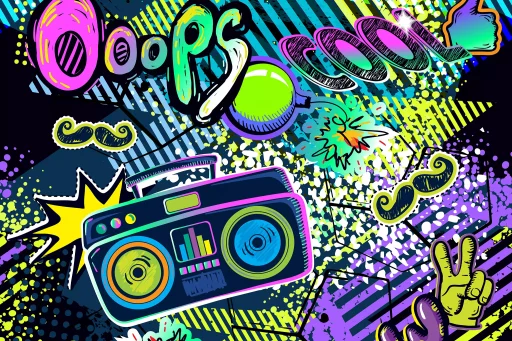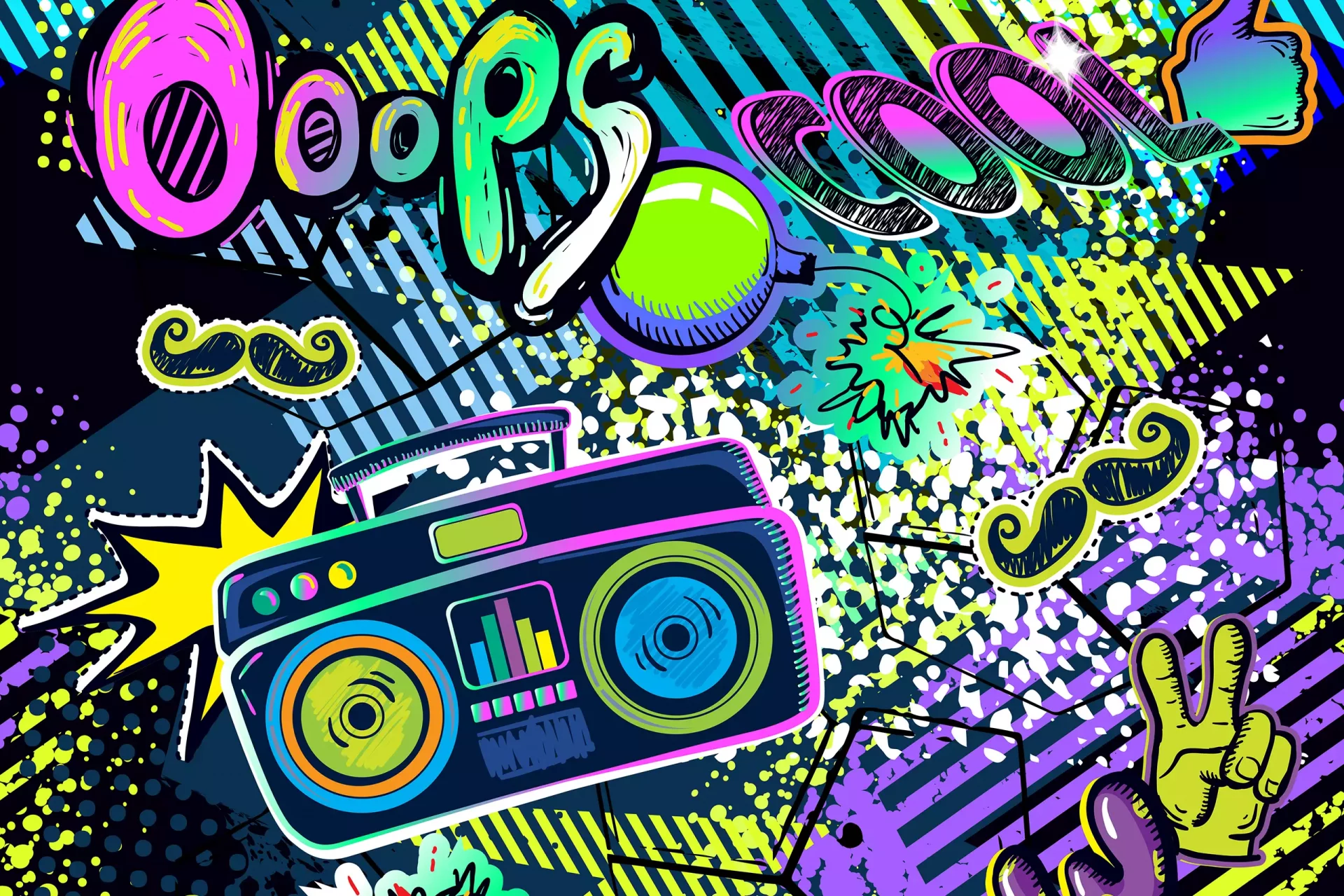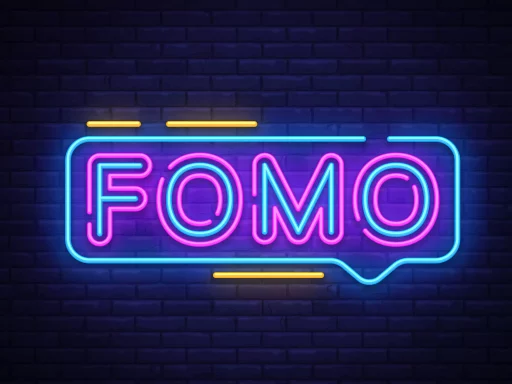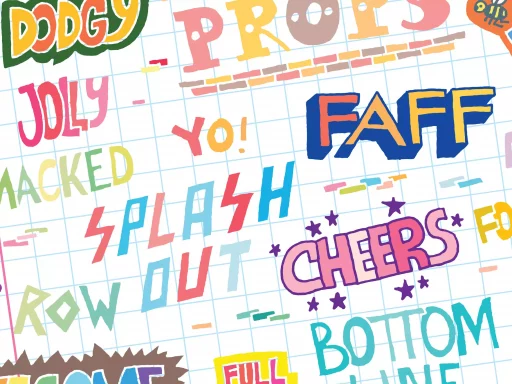Understanding RCS Text Messaging
RCS (Rich Communication Services) is a protocol that enhances traditional SMS (Short Message Service) messaging technology, bringing users a more robust and interactive messaging experience. This cutting-edge technology aims to revolutionize how users communicate via text by offering features commonly found in popular messaging apps like WhatsApp, Facebook Messenger, and Apple iMessage.
The Evolution of Messaging
SMS, the predecessor to RCS, offers basic text communication capabilities with a limit of 160 characters per message. However, in a world where digital communication demands high interactivity, RCS emerged. Launched by the GSM Association, RCS began rolling out in the early 2010s with the goal of modernizing messaging.
Features of RCS
RCS introduces several advanced features that significantly improve the texting experience, including:
- Read Receipts: Just like in many instant messaging apps, RCS delivers read receipts so users can see when their messages are opened.
- Typing Indicators: RCS notifications inform users when the recipient is typing a response.
- Multimedia Sharing: RCS allows for high-resolution images, videos, and audio file sharing, surpassing the limited capabilities of traditional SMS.
- Group Chat Features: It supports group conversations with better management options, including adding and removing participants.
- Interactive Messages: Businesses can send carousels, buttons, and other interactive elements that encourage user engagement.
How RCS Works
RCS messages are sent over mobile data networks rather than traditional cellular networks. This enables richer content and features. Users can send messages through their native messaging app if it’s RCS-enabled, creating a seamless experience across devices. Additionally, RCS works on both Android and iOS devices. However, for the full functionality to work across platforms, both sender and receiver must have RCS enabled.
Case Studies: RCS in Action
A variety of companies have started to utilize RCS to enhance customer engagement:
Case Study 1: Coca-Cola
Coca-Cola implemented RCS as part of a marketing campaign where they sent personalized messages to consumers. The messages included images and quick response buttons that directed customers to coupons and promotional offers. The campaign saw increased engagement rates due to the interactive nature of RCS messaging.
Case Study 2: Verizon
Verizon’s RCS messaging service allowed businesses to send updates and promotional content directly through RCS. In essence, Verizon’s clients reported that they experienced higher open rates for their marketing efforts due to the more engaging format of RCS compared to SMS.
Statistics Reflecting RCS Growth
As RCS continues to shape the messaging landscape, here are some statistics worth noting:
- 497 Million: The number of RCS users worldwide, as of 2022.
- 64%: Businesses reported increased engagement rates when using RCS over SMS.
- 70%: Consumers prefer RCS as a messaging method for communications with businesses.
- Project Boost: Google reported RCS to be active in over 70 countries by mid-2023.
The Future of RCS Messaging
As technology evolves and more companies adopt RCS, we expect to see a significant transition from basic SMS to this richer communication format. With enhancements in privacy and security, RCS also has the potential to incorporate encryption features akin to those in end-to-end messaging platforms. We may witness a unified messaging standard built on RCS that supports various multimedia, interactive experiences, and improved customer-business communications.
Conclusion
RCS text messaging represents a significant leap forward in how we communicate. By blending traditional messaging capabilities with modern interactive features, RCS not only enriches the user experience but also presents businesses with an innovative way to connect with customers. As adoption rates increase, RCS could one day become the standard for communication, fully transforming the text messaging landscape.






